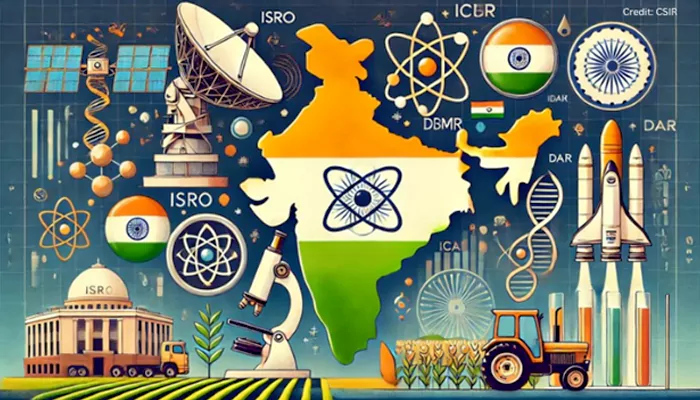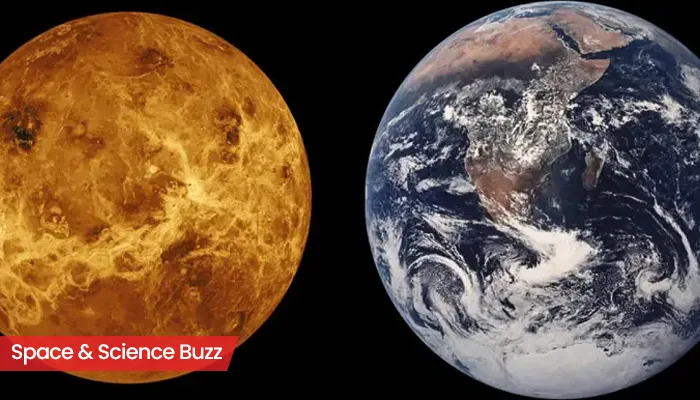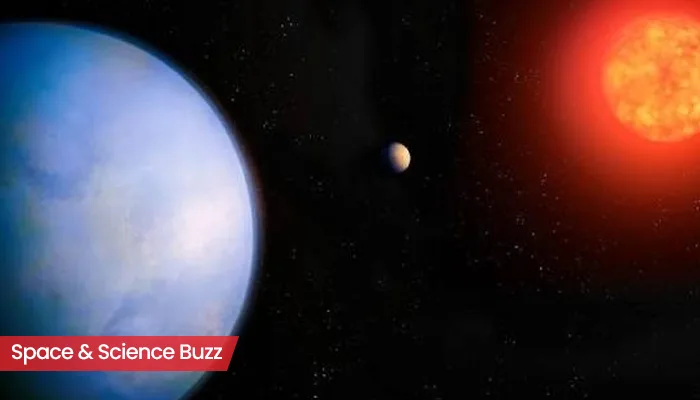
Here are today’s most important updates from the realm of Science and Space.
Moonwalk 2.0: Next-gen 4G-Equipped Spacesuits for Artemis 3 Astronauts
Welcome to the new era of lunar exploration with cellular network technology. The astronauts selected for Artemis 3 will wear specially designed spacesuits with 4G connectivity. It's the same 4G network that people are using currently across the globe. The spacesuit or Axiom Extravehicular Mobility Unit (AxEMU) is equipped with advanced capabilities for lunar exploration. Simply, it is designed for astronauts to access, live and work on lunar surface. Through AxEMU, astronauts will be able to connect to 4G network for broadcasting high-definition (HD) videos. During this mission, astronauts will be able to walk for at least 2 kilometres from the lander.

Sunita Williams & Butch Wilmore Complete Final Packing for Boeing Starliner before Uncrewed Return
NASA astronauts Sunita Williams and Butch Wilmore “closed Starliner’s hatch for the final time Thursday afternoon, readying the spacecraft for its uncrewed departure,” confirmed by NASA before Boeing Starliner spacecraft’s uncrewed return. The astronauts will stay aboard the ISS in space until February 2025 and return to Earth aboard the SpaceX Dragon spacecraft.
Sunita Williams and Butch Willmore have been stranded in space for quite a long time. Launched on June 5, 2024, the mission was initially planned for 10 days. However, the team detected several technical issues with the thrusters and helium leaks.

Global Warming's Icy Impact: Antarctica's Polar Vortex Takes a Stretch
NASA’s Goddard Space Flight Centre's atmospheric scientists reported record-breaking warming in the Antarctic stratosphere in July, which disrupted the polar vortex. The westerly winds loop across the Antarctica’s South Pole in winter forming the polar vortex. However, this year, the flow was disrupted, weakening the winds and the flow patterns. This ultimately caused a sudden warming in the stratosphere.
Scientists observed that the sudden warming in the stratosphere were caused by higher concentrations of ozone over this region.

Unveiling the Unknown: Earth Receives First-ever Glimpse of Mercury's South Pole
The joint European-Japanese BepiColombo mission has achieved a remarkable milestone. The spacecraft, while conducting its fourth flyby of Mercury captured extraordinary details of Mercury's south pole. One of BepiColombo's monitoring cameras revealed the top right portion of the Mercury's disk. This provided researchers a unique opportunity to collect important data on planet’s magnetic field, surface composition as well as exosphere.
"The data collected will give us new insights into Mercury's evolution and help fine-tune our instruments for the main science mission,” said Johannes Benkhoff, BepiColombo's project scientist.



.webp)
.WEBP)
.WEBP)
.webp)
.webp)


.webp)
.webp)
.webp)